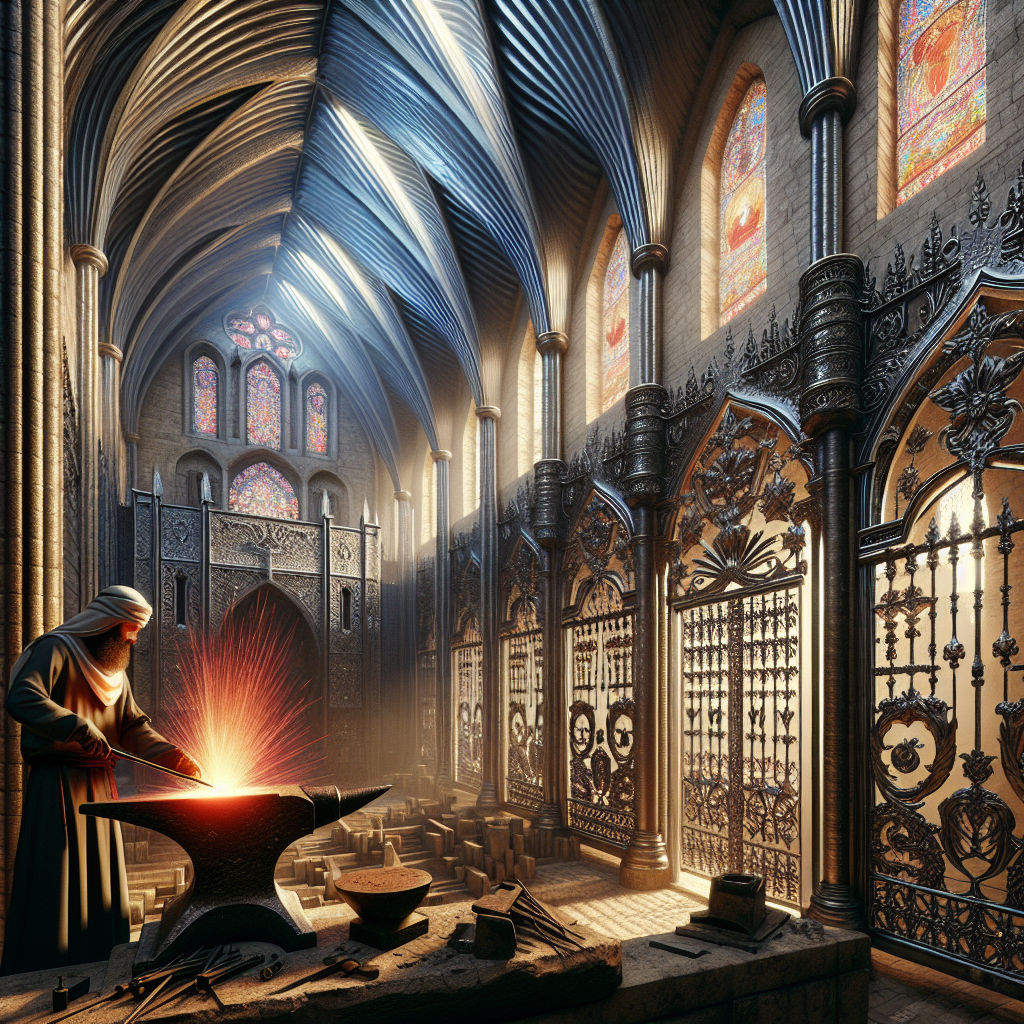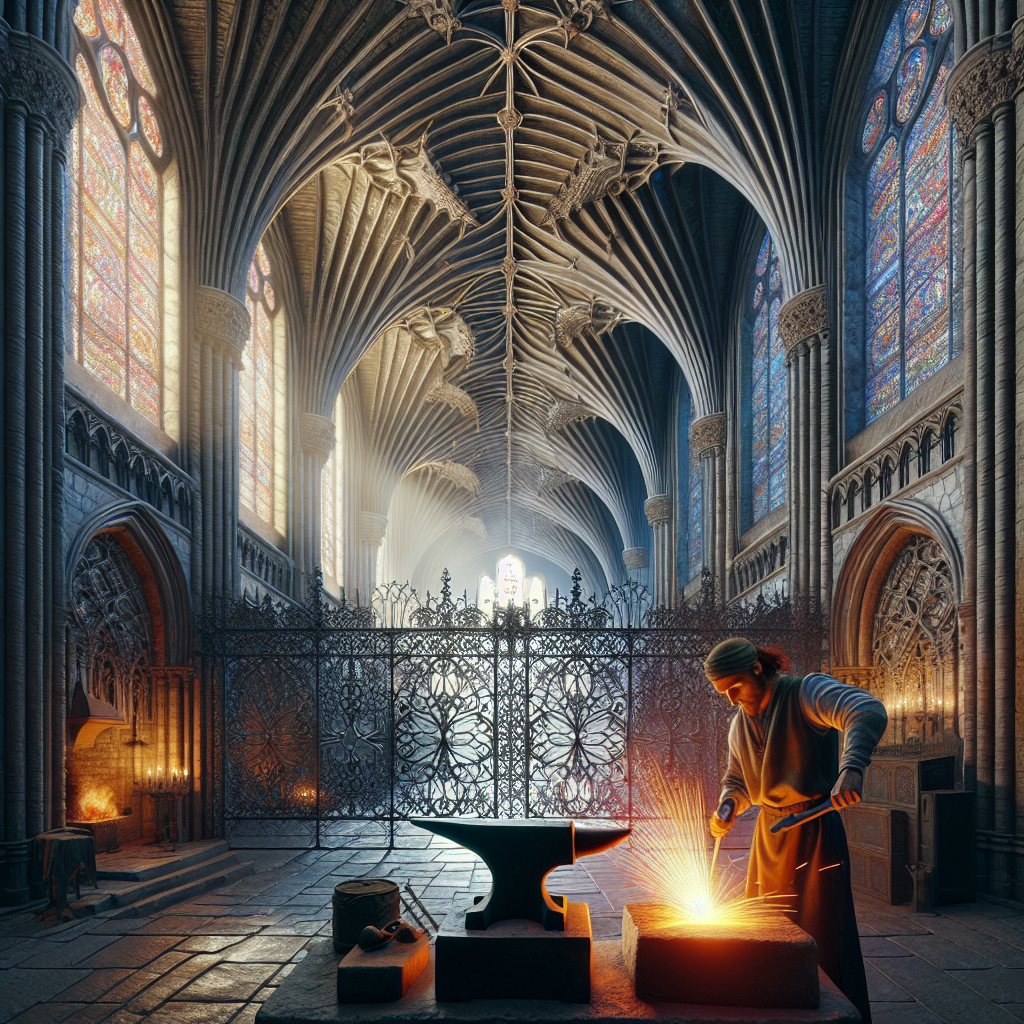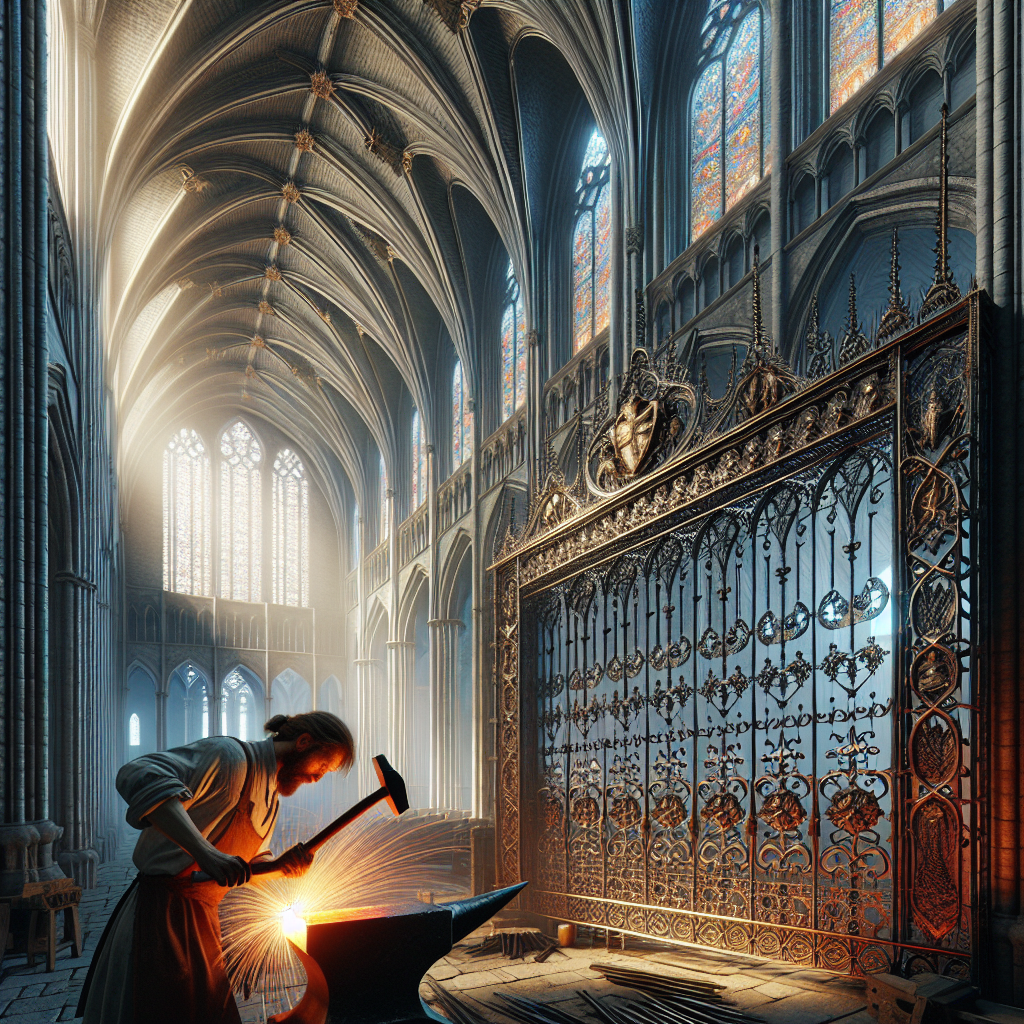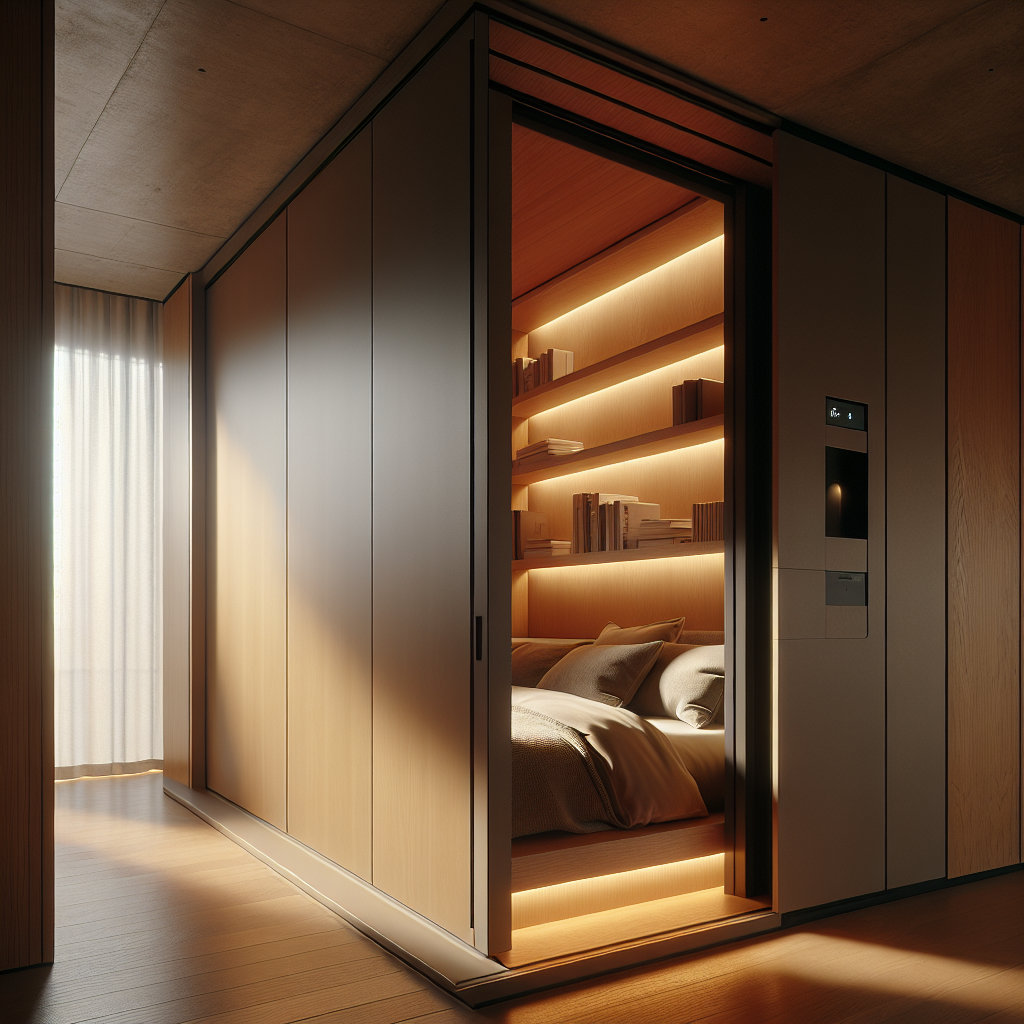Victorian Visions: The First Wave of Architectural Conservation

The Forgotten Art of Medieval Metallurgy
When we think of Gothic architecture, our minds often drift to soaring cathedrals, intricate stained glass windows, and pointed arches. Yet, hidden beneath the grandeur of these structures lies an unsung hero: medieval metallurgy. The mastery of iron and steel production during the Middle Ages played a pivotal role in shaping the architectural marvels of the Gothic era. From the structural skeletons of towering spires to the delicate tracery of ironwork, the innovations in metallurgy were as transformative as the architectural designs themselves.
Understanding the role of iron and steel in Gothic architecture requires delving into the alchemy of medieval craftsmanship. It’s a tale of ingenuity, resourcefulness, and the relentless pursuit of perfection, which laid the foundation for modern engineering and design.
Iron and Steel: The Backbone of Gothic Cathedrals
During the 12th and 13th centuries, the rise of Gothic architecture coincided with advancements in ironworking techniques. Iron, once a scarce and expensive material, became more accessible due to improved smelting processes. The introduction of the bloomery furnace allowed blacksmiths to produce wrought iron with greater efficiency, while the nascent use of steel provided unparalleled strength and flexibility.
One of the most iconic examples of iron’s role in Gothic architecture is the Notre-Dame de Paris. Hidden within its flying buttresses and ribbed vaults are iron reinforcements that stabilize the structure against the forces of gravity and wind. Without these metallic elements, the cathedral’s ambitious height and intricate stonework would have been impossible to achieve. Similarly, the soaring spires of the Chartres Cathedral owe their resilience to the strategic use of iron ties and anchors.
Decorative Ironwork: Beauty Meets Functionality
Beyond its structural applications, iron also played a significant role in the decorative aspects of Gothic architecture. The intricate wrought iron gates, railings, and hinges that adorn many medieval cathedrals are not merely ornamental but also functional. These elements reflect the artistry of medieval blacksmiths, who transformed raw iron into elaborate designs that complemented the grandeur of the stone architecture.
Take, for instance, the ornate ironwork of the Reims Cathedral. Its gates and hinges are masterpieces of medieval craftsmanship, showcasing motifs inspired by nature and religious symbolism. This fusion of art and engineering is a testament to the interdisciplinary approach of Gothic artisans, who blurred the lines between architecture, sculpture, and metalwork.
The Science Behind Medieval Iron and Steel
The production of iron and steel during the Middle Ages was as much an art as it was a science. Blacksmiths relied on a deep understanding of materials and processes, honed through centuries of trial and error. The use of charcoal as a fuel source in furnaces was crucial, as it provided the high temperatures needed to smelt iron ore and remove impurities.
One of the key innovations of the period was the development of early blast furnaces, which allowed for the production of cast iron. While cast iron was brittle and less suitable for structural applications, it paved the way for the eventual development of steel. By carefully controlling the carbon content in iron, medieval metallurgists were able to produce steel with properties tailored to specific needs, from flexible blades to robust architectural elements.
Lessons for Modern Design and Architecture
The legacy of medieval metallurgy extends far beyond the Gothic era. Today, architects and designers draw inspiration from the innovative use of materials and the seamless integration of form and function that characterized medieval ironwork. The principles of sustainability and resourcefulness, which were inherent to medieval craftsmanship, are particularly relevant in the context of modern sustainable architecture.
For instance, the resurgence of interest in handcrafted metalwork reflects a growing appreciation for the artisanal techniques of the past. By combining traditional methods with contemporary technologies, designers are creating works that honor the heritage of medieval metallurgy while pushing the boundaries of modern design.
The Enduring Influence of Medieval Metallurgy
As we marvel at the architectural wonders of the Gothic era, it’s worth pausing to appreciate the role of iron and steel in bringing these visions to life. The innovations in medieval metallurgy not only enabled the construction of some of the world’s most iconic structures but also laid the groundwork for the evolution of architecture and engineering.
Whether it’s the hidden iron reinforcements of a cathedral or the intricate tracery of a wrought iron gate, the legacy of medieval blacksmiths continues to inspire and inform the world of design. By revisiting the techniques and principles of the past, we can uncover new possibilities for the future of architecture and material innovation.








